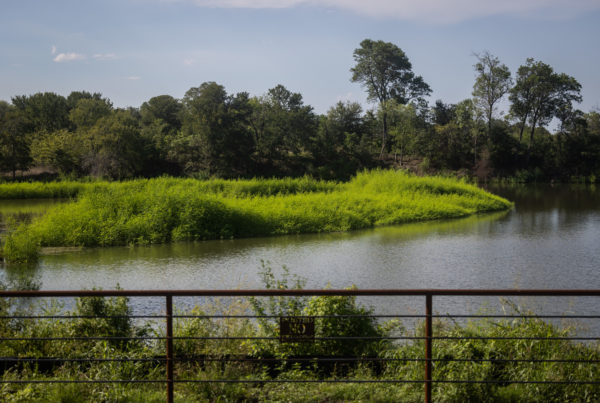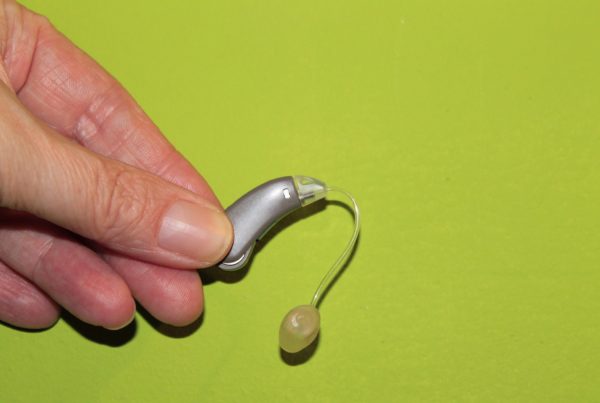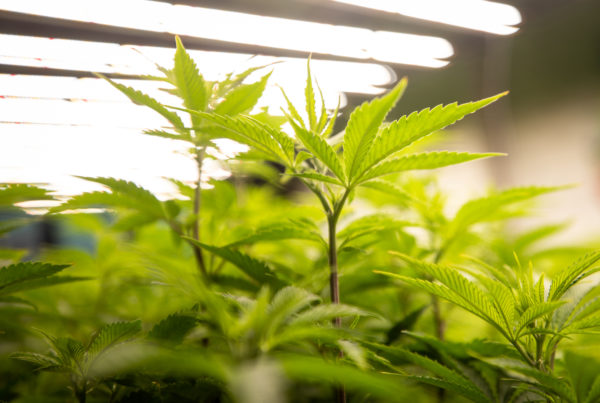Over the weekend, Puerto Rico was hit by the worst hurricane it has experienced since 2017. Hurricane Fiona sparked flash floods and severe landslides on the island, with some areas seeing over 30 inches of rain. At least one person has died since the storm made landfall. Thousands more were forced to flee to emergency shelters.
The Category 1 storm caused a blackout that left over one million people without electricity. Power was restored for a small number of the population earlier this week, but power company LUMA said restoring power to the entire island could take several days. Puerto Rico’s privatized power grid has been sharply criticized in the wake of the outages.
For many Texans, it’s a scenario that’s both frightening and all too familiar. Hundreds died and thousands were left without power after Winter Storm Uri hit the state last year. Infrastructure improvements were also made to Texas’ independent power grid after the storm, but many Texans still fear a statewide blackout similar to what’s happening in Puerto Rico.
Ed Hirs, economics lecturer and energy fellow at the University of Houston, spoke with the Standard about similarities – and differences – between Puerto Rico’s and Texas’ situations. Listen to the interview above or read the transcript below.
This transcript has been edited lightly for clarity:
Texas Standard: Before we get into the comparisons and the contrasts, let’s talk about the current situation across Puerto Rico. What are you hearing?
Ed Hirs: Everything you just outlined, it’s real devastation. Keep in mind that the Puerto Rican grid had not been rebuilt in the last five years. It was patched together before we got there. Puerto Rico’s been in a major economic recession, essentially since 2006. And so the economic growth that Puerto Rico had experienced over the prior two decades came to a screeching halt. There was no new investment and the grid suffered.
Well, now Puerto Rico’s power grid’s been getting a lot of criticism in the wake of these new outages. The power grid has been privatized. And it’s my understanding something like 10 million federal dollars were allocated to repair the system, which is outdated and of course, was devastated during 2017’s Hurricane Maria. Why has so little of the federal money then dispersed, according to FEMA?
I really can’t tell you. That’s a real problem for Puerto Rico. The money has not been getting to the island. That’s been a problem since 2017. The reconstruction of the grid started right away following Maria and the dispatching of crews from many of the utilities across the United States. But they weren’t able to fix everything. This grid has been in a deteriorating situation for more than 20 years. And you really can’t blame LUMA, which is the new, privatized operator of the grid, for this. They just took on this job last year, and it takes much more than a year to fix 20 years of decay.
Well, Texas and Puerto Rico both run on privatized power grids. And I think a lot of people sort of drawing some at least mental connections between the two. Is that a fair comparison?
No, it really isn’t. Puerto Rico is a very poor state, if you will. And while it’s a commonwealth, it’s not a state. And there just hasn’t been the industrial growth there. Here in Texas, our economy has grown from $1.25 trillion in 2010 to $1.99 trillion in 2021. And our grid has not kept up. We are a dynamic engine for the United States. And the leadership in Austin kept this regime in place over ERCOT, such that the generation companies could not charge enough to actually earn a rate of return on capital for eight out of the ten years prior to 2021. This has been a failure here in Austin that we wrote about in 2013. This was inevitable. Whenever there’s underinvestment in infrastructure, eventually it’s going to fail. Doesn’t matter if it’s a grid, doesn’t matter if it’s a highway or a bridge.
I want to make sure I understand what you’re saying. In Puerto Rico – the folks who run the power grid there at least get a pass because they are essentially adopting. They have been handed what is already a dilapidated power infrastructure and now they’re having to make do as best they can, based on limited resources. What you seem to be saying is that Texas is sort of the opposite situation. You have a lot of resources, a full awareness of what the situation is. It has been privatized for some time and the upgrades have not been made.
Well, that’s right. And the Texas grid has always been privatized. It has been operated by multiple companies, multiple utilities. None of these are state-owned. The Puerto Rican grid was essentially state owned until this past year. And. If they pull the license from LUMA, it’ll be state-owned again. Here in Texas, we have a very, very tight regulatory regime on the elements of the grid, the generators, the transmission companies, the local distribution companies such as Oncor in Dallas, CenterPoint in Houston, and the retail electricity providers. ERCOT operates under a rule book that’s over 1,500 pages. And so, to say that that’s a deregulated market is really just wrong.
Are you encouraged now that we’ve gone through a very hot summer here in Texas, that the power grid is more robust and stable than it was back during the winter storm?
I know we were very close to having some problems. The maintenance on our legacy units, if you will, the coal and natural gas units barely got us through. I think the chairman of the Public Utility Commission and the interim CEO of ERCOT, Brad Jones, have both said that we were lucky and one can’t fix 20 years of infrastructure decay in the space of 18 months.














